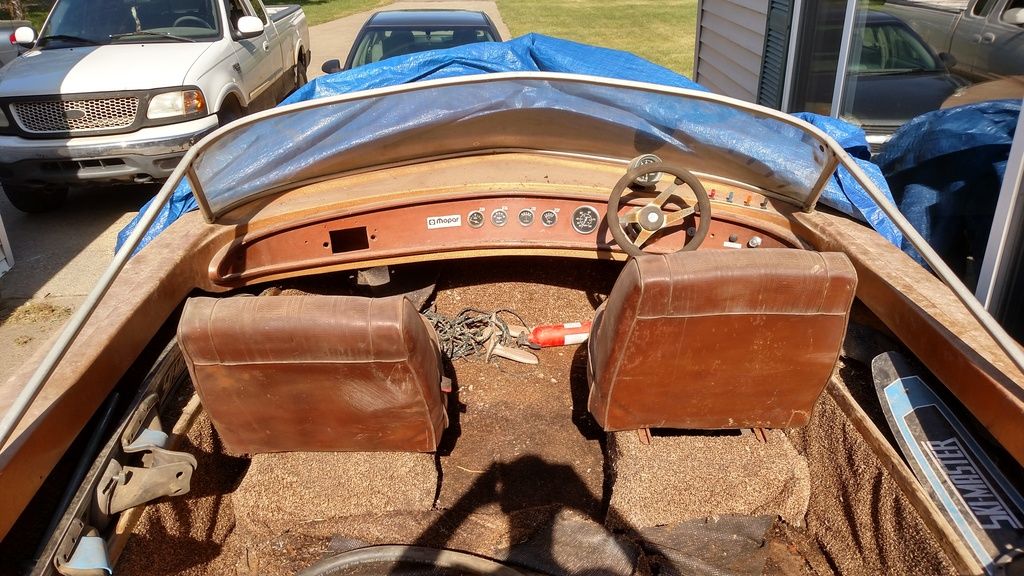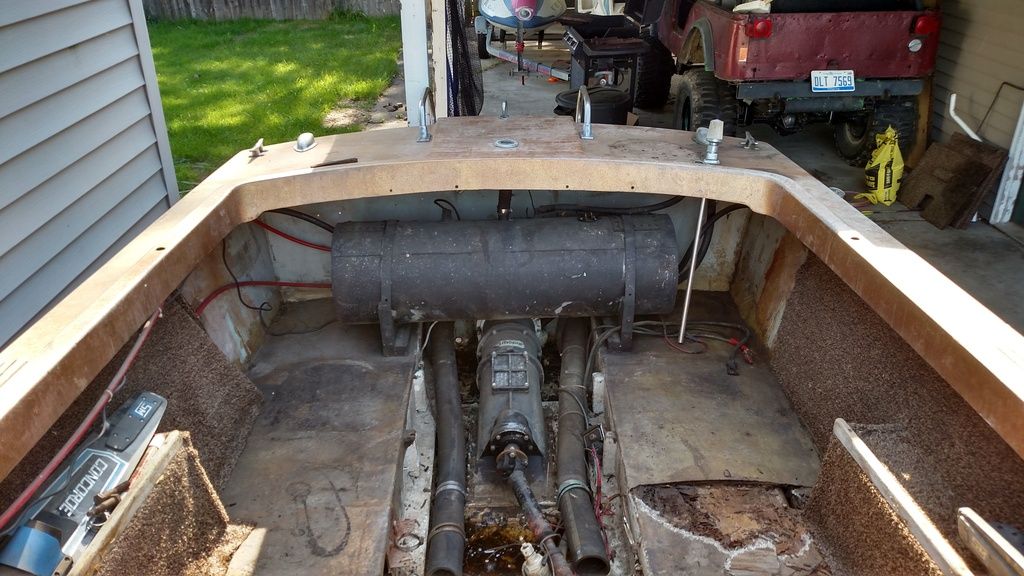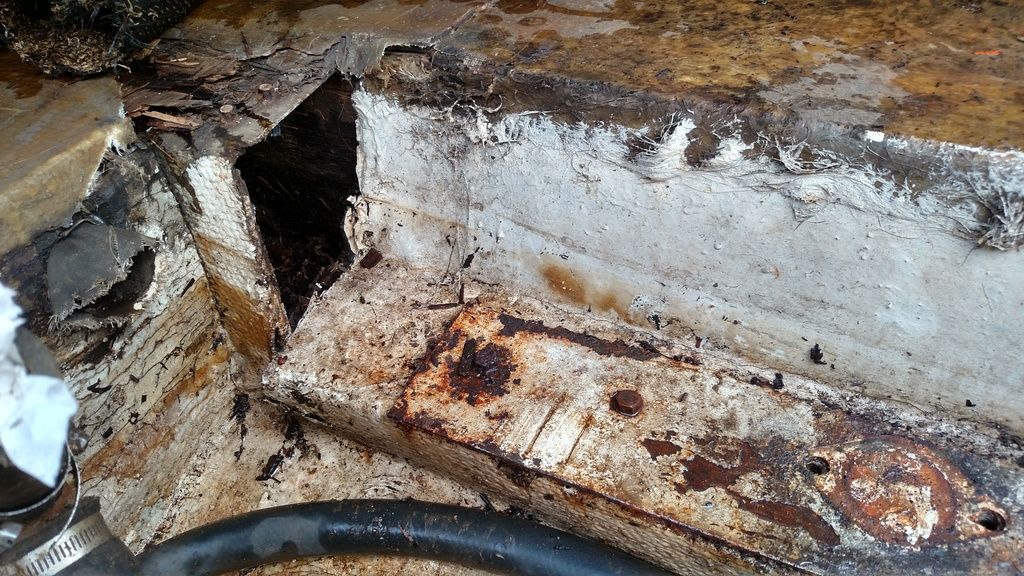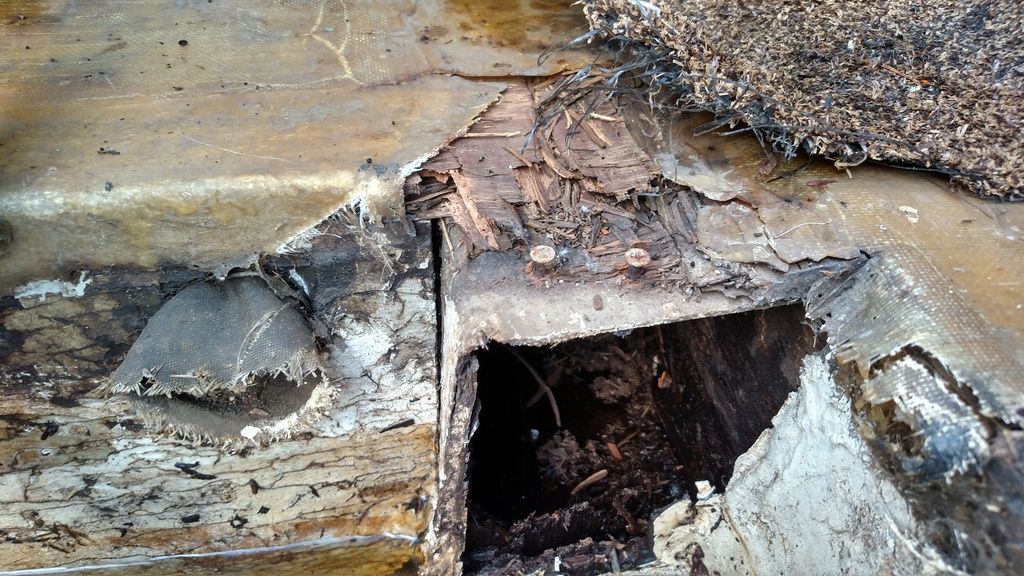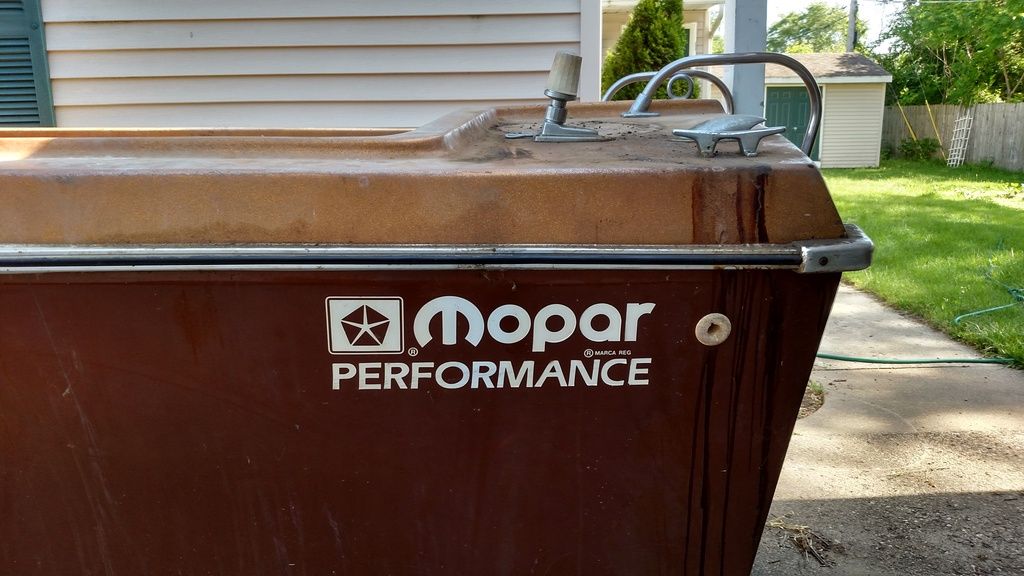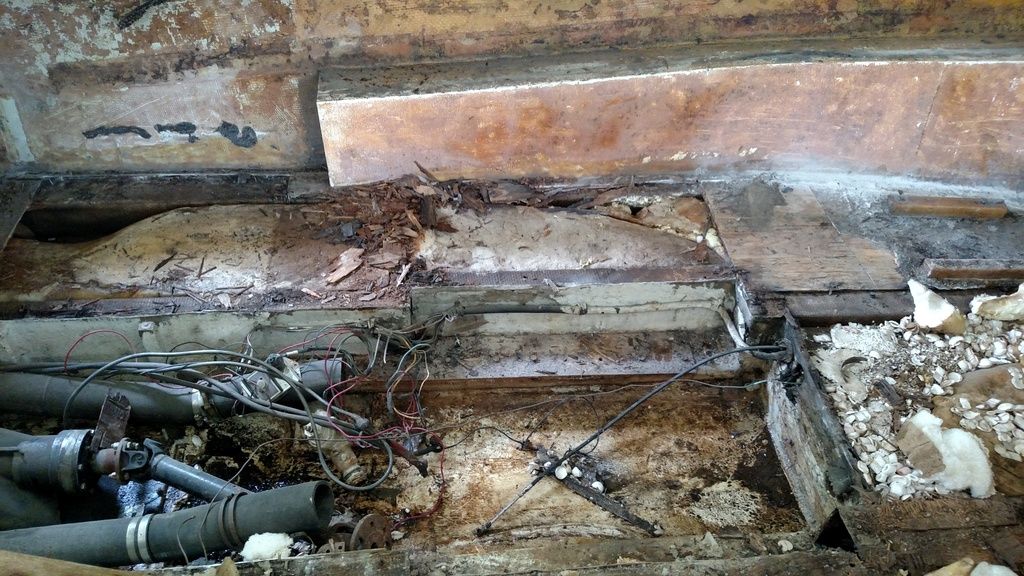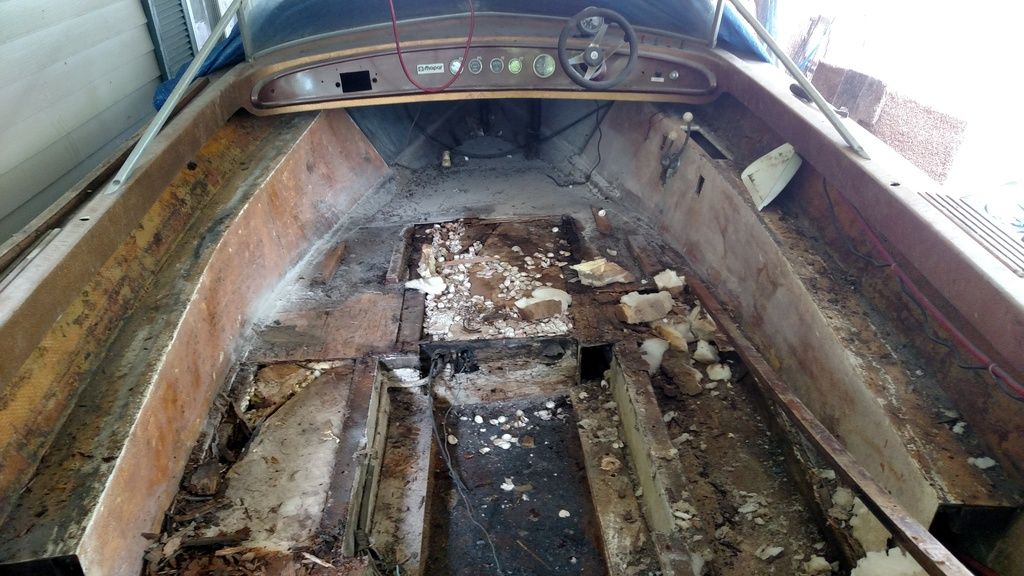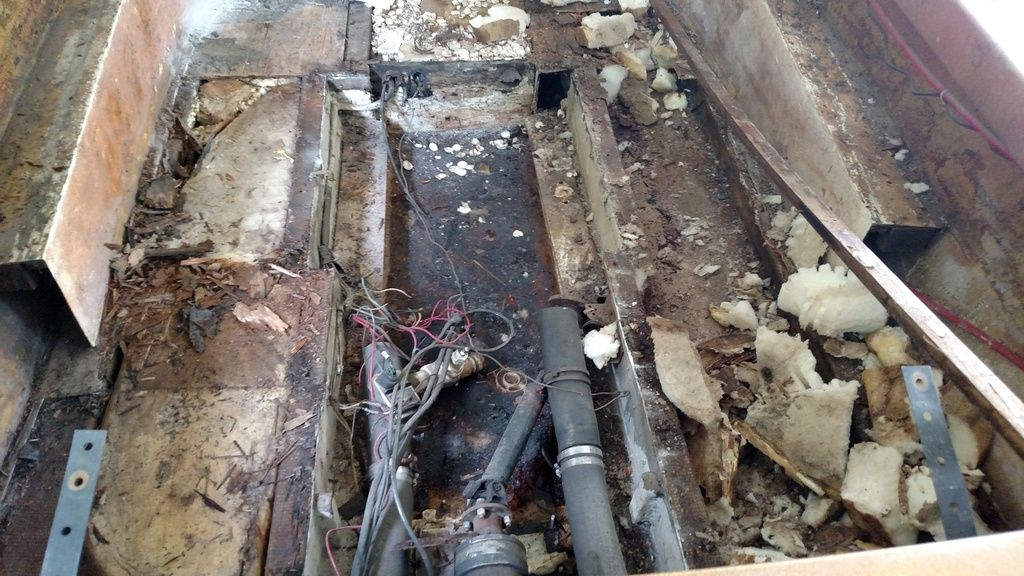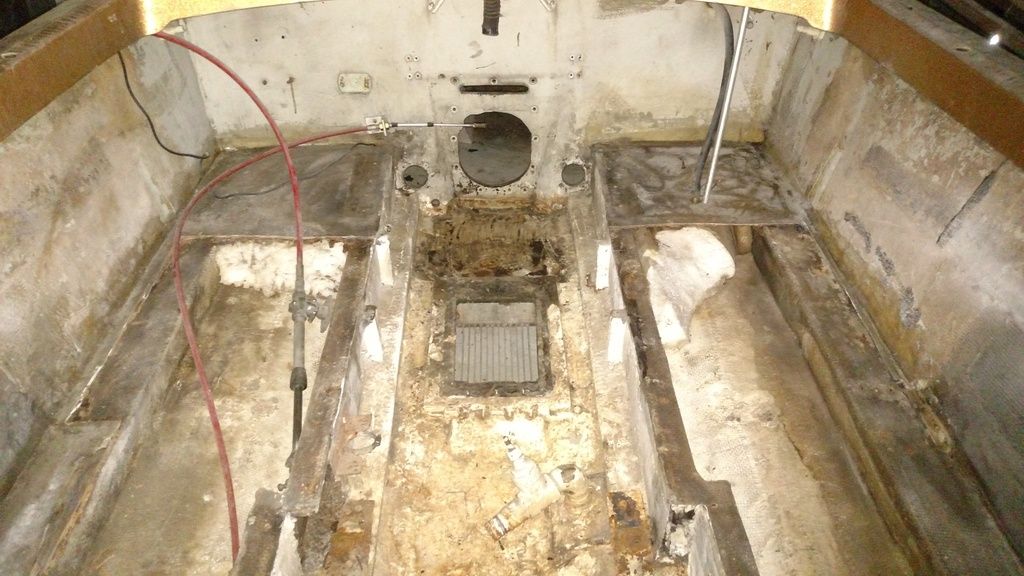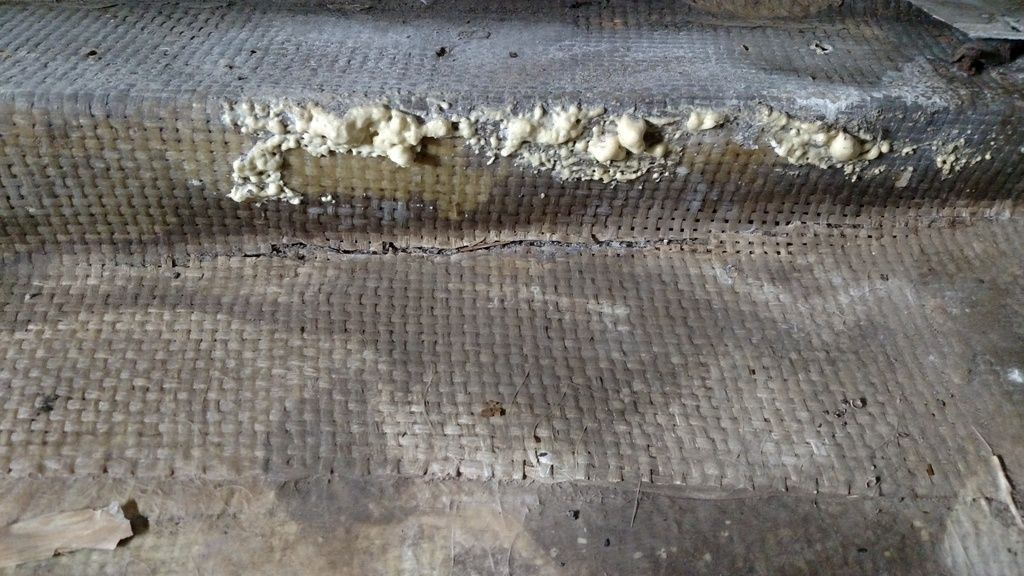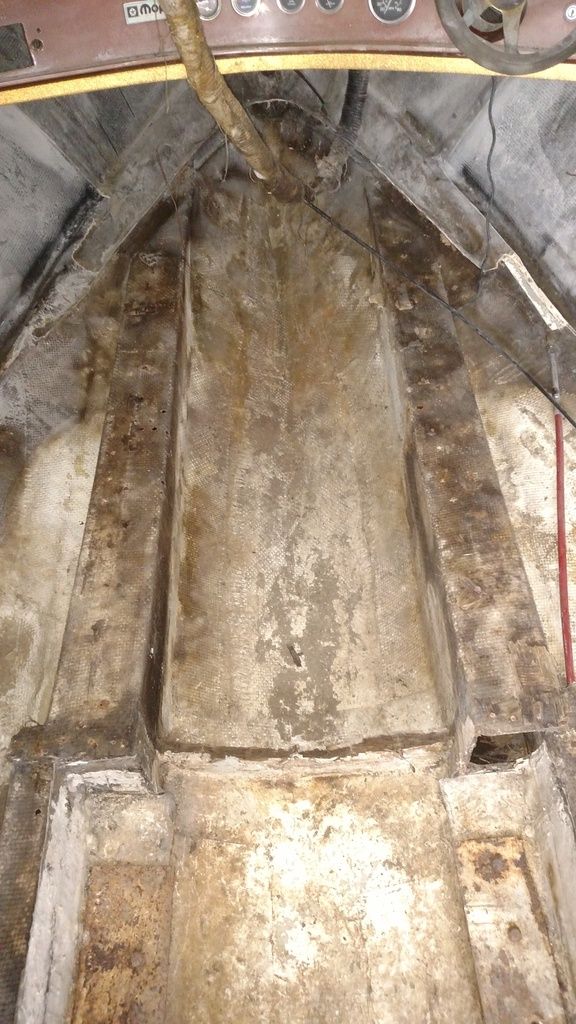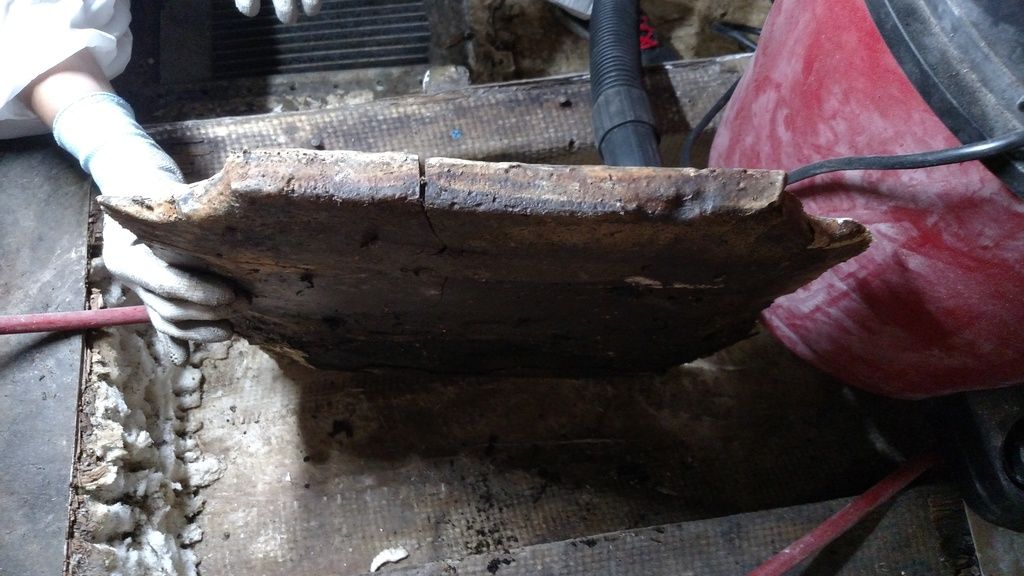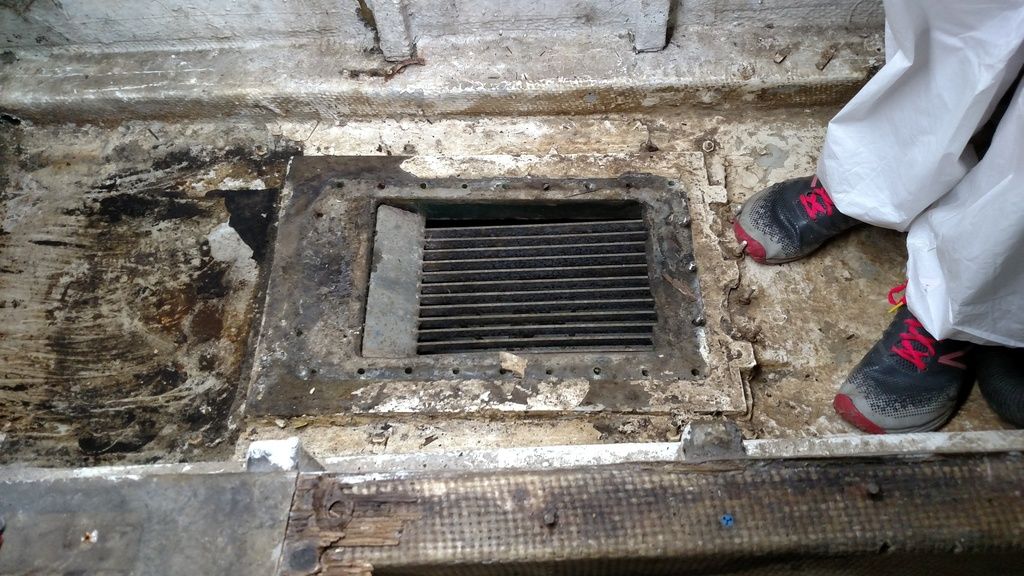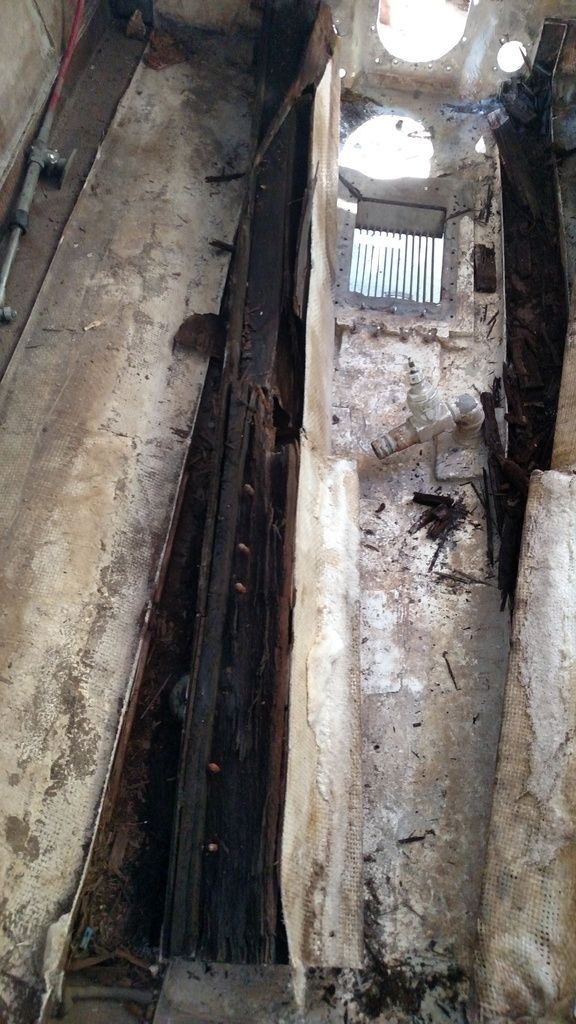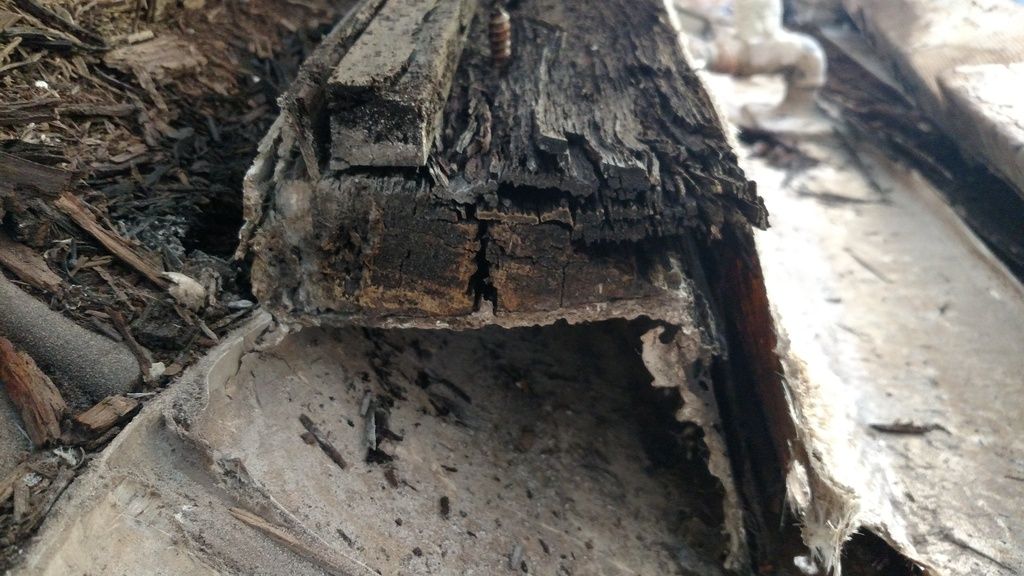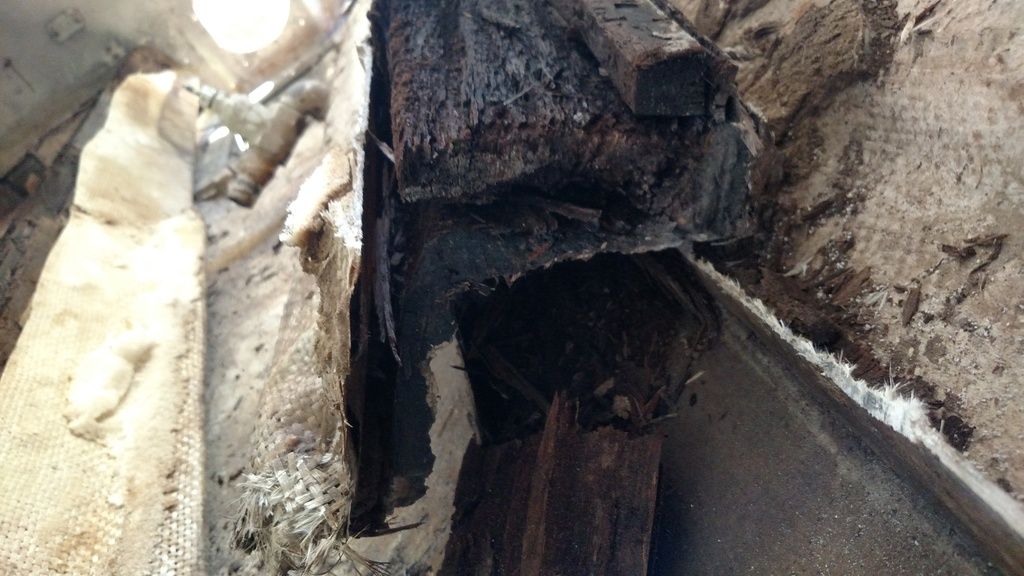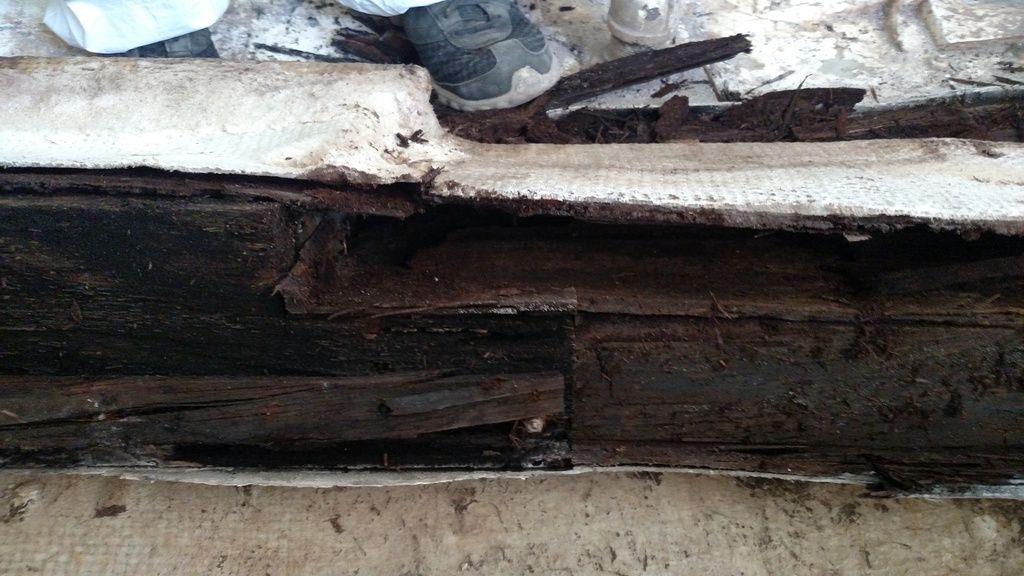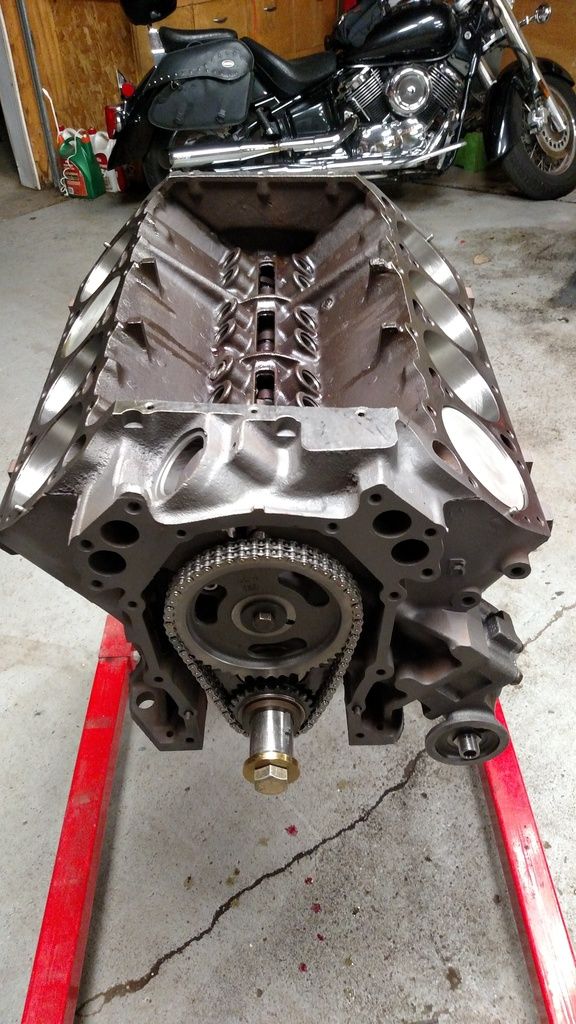Hi guys, I have recently discovered what I believe the boat I have to be, a Buehler Jet Boat! I think late 60's, maybe someone can correct me? Anyway, this boat is in rough condition and needs new stringers and deck. What is everyone's recommendations as far as wood to use for the stringers and deck, what type of resin, and fiberglass to lay. I was thinking about using 3 or 4 layers of 1708 on the stringers to tab into the hull and cover them with. Is PL glue sufficient for gluing in stringers on these, or is something else recommended? I want to waterproof all wood that goes into the boat before it goes in, stringers and deck included, so resin and a layer of 1.5 oz. CSM to wrap everything before installing and glassing in with the 1708. What method is best for screwing them together and foam installation? I will definitely want to seal all screw holes during installation, including those made while replacing the wood on the bottom side of the cap. Mine is also missing the supports for the side of the cap in the middle by the wood step is where I believe they should be. Does this sound right? Also, my stringers are completely rotted, so if anyone has measurements for height and width, that would be awesome! I would hate to build it all and then have the 440 drop in and be sitting on the hull. Any info on these boats would be appreciated!

- Shop
-
Main Menu Find The Right Fit
-
-
Slide Anchor Box Anchors Shop Now

-
Back Fishing
-
View All
- Fishing Rods
- Fishing Reels
- Fishing Rod & Reel Combos
- Fishing Tools & Tackle Boxes
- Fishing Line
- Fly Fishing
- Fishing Bait & Fishing Lures
- Fishing Rod Holders & Storage Racks
- Fish Finders, Sounders & Sonar
- Trolling Motors
- Fishing Nets
- Fishing Downriggers & Acessories
- Fishing Outriggers & Acessories
- Fishing Kayaks
- Fish Cleaning Tables
-
-
Minn Kota Riptide Terrova 80 Trolling Motor w/i-Pilot & Bluetooth Shop Trolling Motors

-
SportsStuff Great Big Marble Shop Tubes

-
Big Jon Honda 5hp Outboard Shop Outboards

-
Lexington High Back Reclining Helm Seat Shop Helm Seats

-
Kuuma Stow n Go BBQ Shop Now

-
Slide Anchor Box Anchors Shop Now

-
Back Electrical
-
View All
- Boat Wiring & Cable
- Marine Batteries & Accessories
- Marine DC Power Plugs & Sockets
- Marine Electrical Meters
- Boat Lights
- Marine Electrical Panels & Circuit Breakers
- Power Packs & Jump Starters
- Marine Solar Power Accessories
- Marine Electrical Terminals
- Marine Fuse Blocks & Terminal Blocks
- Marine Switches
- Shore Power & AC Distribution
-
-
ProMariner ProNautic Battery Charger Shop Marine Battery Chargers

-
Lowrance Hook2-4 GPS Bullet Skimmer Shop GPS Chartplotter and Fish Finder Combo

-
Boston Whaler, 1972-1993, Boat Gel Coat - Spectrum Color Find your boats Gel Coat Match

-
Rule 1500 GPH Automatic Bilge Pump Shop Bilge Pumps

-
Back Trailering
-
SeaSense Trailer Winch Shop Trailer Winches

-
Seadog Stainless Steel Cup Holder Shop Drink Holders

-
Slide Anchor Box Anchors Shop Now

-
- Boats for Sale
- Community
-







